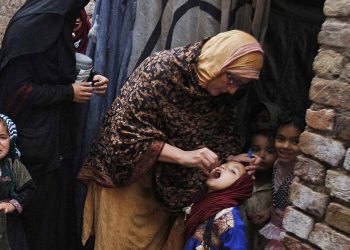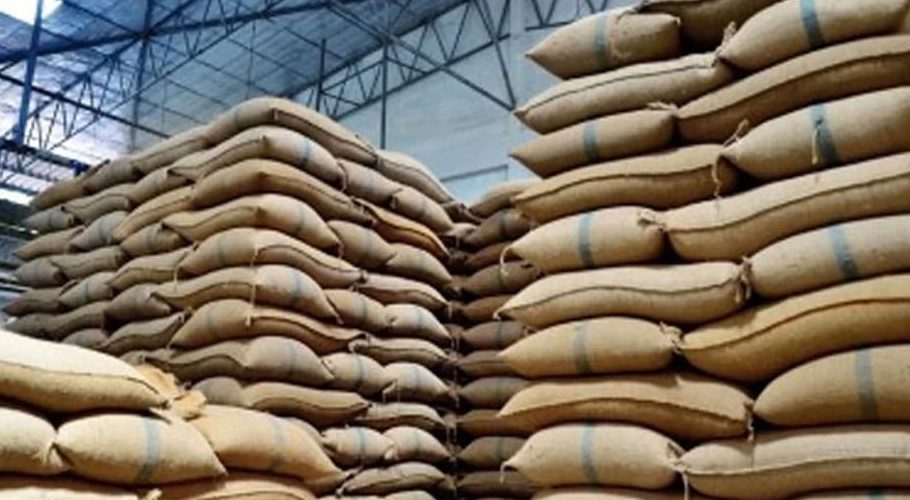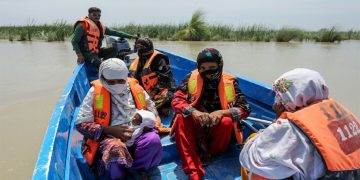With Eid-ul-Adha approaching next month and preparations underway for the sacrificial slaughter of animals, fear grips Pakistan as the deadly Congo virus claims two lives within a week.
In Charsada, Khyber Pakhtunkhwa, tragedy struck as an animal trader named Nauman succumbed to the Congo virus on Tuesday. Despite treatment at a local hospital, Nauman’s battle with Congo fever ended tragically, amplifying concerns among locals.
Similarly, in Malla Kalan village of Hazro tehsil, Attock, a 47-year-old man fell victim to the virus on Saturday. The situation prompted Assistant Commissioner Hazro Kamran Ashraf to initiate special emergency measures, with the Health Department imposing urgent protocols.
Dr. Rasheed Khan, Deputy District Health Officer, recounted another grim tale of Imran, who developed fever and bleeding symptoms. Rushed to a private hospital, Imran’s deteriorating condition led to referral to a renowned facility in Rawalpindi, where he succumbed to the virus after a five-day battle.
The Congo virus, scientifically known as Crimean-Congo hemorrhagic fever (CCHF), primarily spreads through contact with infected livestock such as cattle, sheep, and goats. Transmission occurs via infected ticks’ bites or contact with infected animal blood or tissues, notably during slaughtering. Moreover, direct contact with the blood or bodily fluids of infected individuals can facilitate human-to-human transmission, especially in healthcare settings.
As makeshift cattle markets emerge across Pakistan in anticipation of Eid-ul-Adha, where hundreds of thousands of animals are slated for slaughter, the risk of Congo virus exposure looms large. With public safety at stake, authorities face mounting pressure to implement stringent preventive measures to mitigate the virus’s spread amidst the festive season.




































